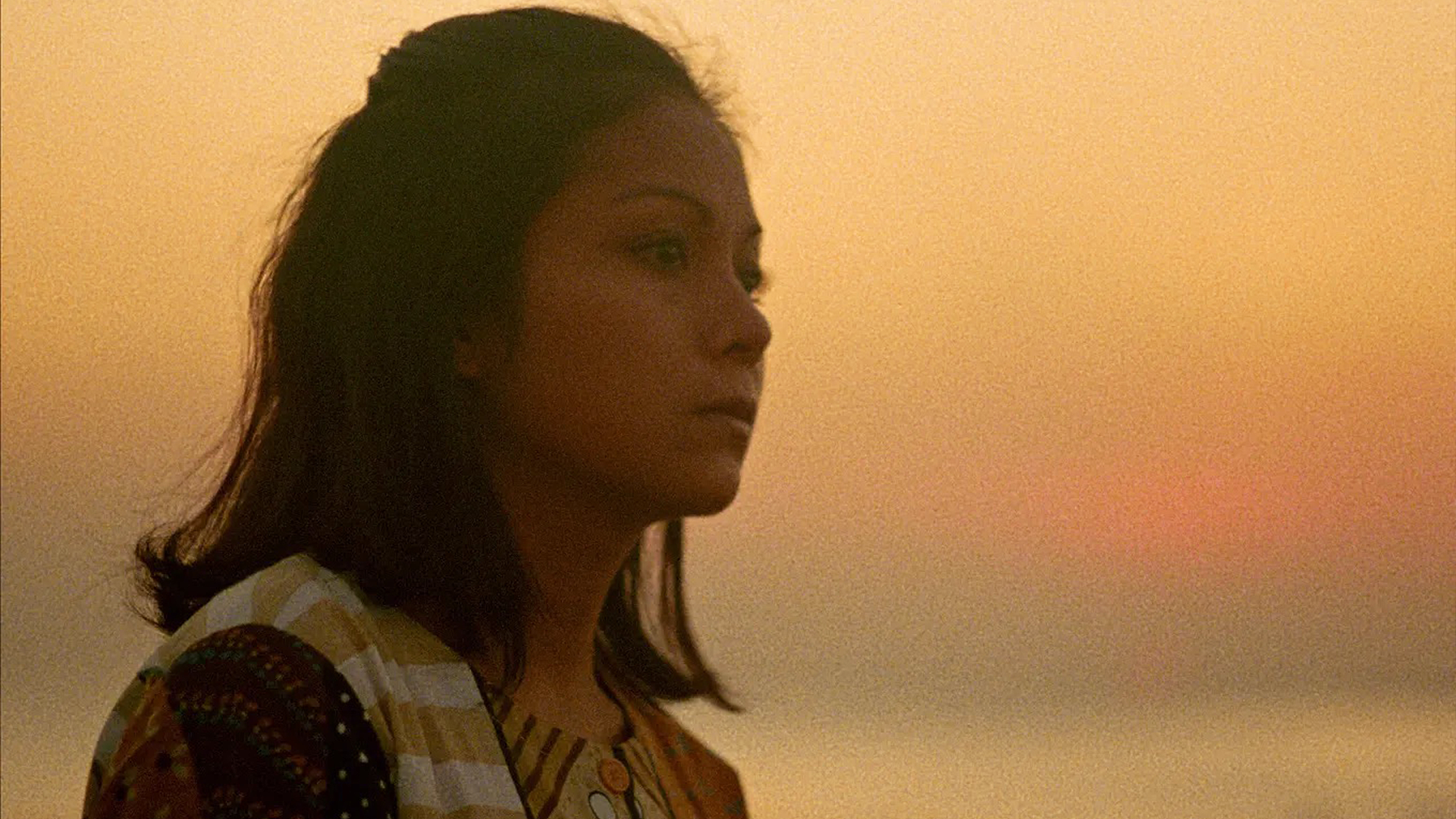The Renaissance of Lino Brocka’s Bona
An invisible masterpiece of Philippine cinema, restored and showcased in Cannes, to close this year’s Cinemalaya Philippine Independent Film Festival.
Words Pio Angelo Ocampo
August 8, 2024
Photo courtesy of Cannes Film Festival
Bona (Nora Aunor), a young starstruck middle-class Filipina, stops attending school. She prefers to follow Gardo (Phillip Salvador), a minor actor in low-budget films. Her behavior eventually exasperates her father, who kicks her out. Bona moves in with Gardo, hoping to live a love story with him. Instead, she becomes his all-around servant—forced to endure the constant parade of his many conquests.
Midnight Marauder, Carlotta Films, Kani Releasing
A cornerstone of Lino Brocka's oeuvre, “Bona” was part of Cannes 1981 for the Directors' Fortnight. The film is inseparable from its actress and producer, Nora Aunor—the first non-mestizo actress to rise to the rank of superstar, a 28-year-old woman venerated by the working-class people from whom she came. The devotion of her Noranian fans knew no bounds. Thus, her role in “Bona,” which she produced herself to appear in a “serious” film, is a curious reversal of situations, in which Lino Brocka desacralizes her star status by offering her the role of a girl who sacrifices everything she has (her family, her social class) to get closer to her idol.
The film begins with a crowd scene featuring a religious procession moving through hundreds of entranced participants. Filmed in a documentary style, this sequence might remind viewers of French cinema of Jean Rouch’s ethnographic cinema (“The Lion Hunters,” the “Sigui” series) or a poetic essay by Chris Marker (“Sans Soleil”). We Filipinos perceive this opening with its religious and cultural narratives, as the scene then transitions into a sequence of scenes: two overlapping shots of Bona in alternating spaces of veneration and worship.
© 1980 MS NORA CABALTERA VILLAMAYOR AKA NORA AUNOR. All rights reserved.
As in “Insiang” or “Manila in the Claws of Night,” the filmmaker excels at socially grounding his melodramas (shots of daily life in a slum filmed in a quasi-closed setting) while avoiding the pitfall of misery. Opposite an impressive Phillip Salvador (Gardo) as a monster of selfishness, Nora Aunor shines on screen, blinded by unrequited love.
Shot in 1980, “Bona” remained out of sight since its release, with many assuming it was lost. In 2023, Carlotta Films and Kani Releasing secured the rights from its producer and national artist, Nora Aunor, and found the original negative. To preserve the film to its best quality, Pierre Rissient, a passionate advocate of Philippine cinema, stored the original negative at the LTC laboratory in Paris.
© 1980 MS NORA CABALTERA VILLAMAYOR AKA NORA AUNOR. All rights reserved.
The rediscovery of “Bona” was facilitated by Professor José B. Capino from the University of Illinois Urbana-Champaign, who, in a 2017 interview with Rissient, uncovered the whereabouts of several Brocka films' elements, including “Bona.” Capino passed this information to Kani Releasing and Carlotta Films, who verified the original elements’ location with LTC, now Cité de Mémoire. Due to the collaborative efforts of Carlotta Films, Kani Releasing, and Cité de Mémoire, “Bona” has been revived for audiences across different generations.
In its 4k restoration, “Bona” will be presented as the closing film of Cinemalaya which runs from August 2-11, 2024. Catch it Ayala Malls Manila Bay at cinemas 2, 9, 8 and 10 on August 10, 2024 at 8:30 PM.




